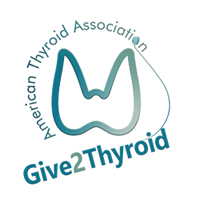SUMMARY OF THE STUDY
A total of 1116 thyroid nodules < 1 cm in 951 patients who had a thyroid biopsy were selected for analysis. Thyroid nodules were classified according to TIRADS based on their US features. In the TIRADS, the following four ultrasound features were scored 1 point each: irregular margins, hypoechogenicity (darkness), taller-than-wide shape, and microcalcifications; marked hypoechogenicity scored 2 points. TIRADS 1 was defined as normal thyroid, 2 as the presence of benign features such as a cystic or spongiform nodule, 3 as the absence of suspicious features, and 4A as 1 point, 4B as 2 points, 4C as 3 to 4 points, and 5 as 5 points, respectively.
Cancer rates were 0.9% in TIRADS 2, 2.9% in TIRADS 3, 12.3% in TIRADS 4A, 34.4% in TIRADS 4B, 66.6% in TIRADS 4C, and 86% in TIRADS 5.
WHAT ARE THE IMPLICATIONS OF THIS STUDY?
A simple 5-category TIRADS analysis was able to accurately assess the risk of cancer in thyroid nodules <1 cm. This is the first study validating TIRADS in thyroid nodules that are ≤ 1 cm. We are not yet at the point where a diagnosis of cancer can be made with ultrasound alone without a thyroid biopsy. However, better understanding of the characteristics of benign nodules may help decrease the need for a biopsy in some patients. Understanding the risk of cancer in these small thyroid nodules can guide the management in selected patients.
— Valentina D. Tarasova, M.D.




